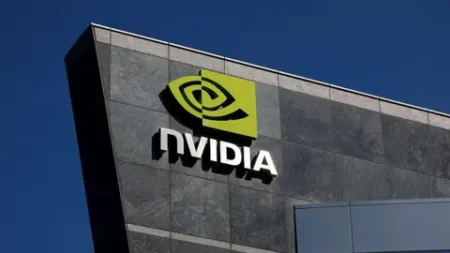YouTube is set to implement a new artificial intelligence (AI) system aimed at determining users’ ages starting Wednesday. This initiative is part of a larger strategy to enhance the safety and security of social media platforms, particularly for younger audiences. The move comes amidst growing concerns about the accessibility of inappropriate content for children online. As a result, YouTube is proactively taking steps to fortify its platform against potential risks that accompany child exposure to various types of media.
The crux of YouTube’s new age-verification technology is its ability to assess user profiles by analyzing their activity patterns rather than relying solely on the birthdates users provided during their account registration. Initially, the tool is being trialed with a limited number of users in the United States. However, there are plans to expand its implementation to a broader audience in the months that follow. This technology is designed to correctly categorize users as either adults or minors by analyzing a range of factors including the specific kinds of videos users search for and watch, as well as the duration for which their accounts have been active.
For users classified as minors, YouTube will automatically initiate its existing safety features. These safety measures include putting restrictions on particularly sensitive content, such as materials that may depict violence or sexual undertones. Adult users who may be mistakenly identified as minors will face an additional hurdle; they will be required to verify their age by submitting documentation. This can include providing a government-issued ID, a credit card, or even a selfie as proof of age.
Despite the intentions behind the AI system, there are substantial privacy concerns among users. Many have voiced their apprehension regarding the possibility of being incorrectly flagged as minors and the subsequent obligation to furnish sensitive personal information to rectify the situation. There is an undeniable tension between protecting children online and maintaining user privacy, and experts in privacy laws have highlighted the dangers associated with sharing such confidential data.
The AI technology functions only for users who are logged into their accounts. It’s crucial to note that young individuals may still access YouTube content without an account, which could potentially allow them to bypass some of the intended safety measures. Nevertheless, age-restricted content will remain inaccessible to users who are not signed in.
YouTube’s implementation follows a trail of similar actions taken by other social media platforms, which have faced criticism regarding age verification practices. Many of these platforms, including Instagram and TikTok, have begun employing AI techniques to help identify users who misrepresent their ages when creating accounts. This has come in response to increasing scrutiny from legislators and parents alike, both of whom are concerned about the effects of these platforms on the mental health and safety of younger users.
With the emergence of new regulations such as the UK’s Online Safety Act, several online platforms, including Discord and Reddit, are also in the process of refining their age verification procedures. This systematic move highlights a collective recognition of the necessity for more effective measures to protect minors in digital spaces.
Contextually, YouTube disclosed that this AI age verification approach had already demonstrated its efficacy in various international markets prior to its launch in the U.S. Notably, users have begun expressing their frustrations with the idea of needing to provide biometric data or financial information for verification purposes. The backlash has manifested across social media platforms, with many users mobilizing under the hashtag #boycottyoutube.
Privacy professionals have voiced strong concerns about how YouTube intends to handle sensitive data gathered during this verification phase. Suzanne Bernstein from the Electronic Privacy Information Center articulated the unease surrounding data management and highlighted the potential risks involved in requiring users to submit highly sensitive personal information. In a bid to mitigate users’ fears, a spokesperson for YouTube’s parent company, Google, claimed that it employs advanced security measures to protect user data from unauthorized access and affirmed that users can manage their privacy settings, including the option to delete their accounts and related data. Furthermore, assurances were provided that data collected for age verification would not be utilized for advertising purposes.
With the landscape of online interactions continually evolving, platforms like YouTube are under increasing pressure to balance the demand for safety features with privacy rights, ensuring that users—regardless of their age—do not compromise their personal information. This ongoing debate will likely influence the future directions of age verification technologies and privacy management in the digital realm.











